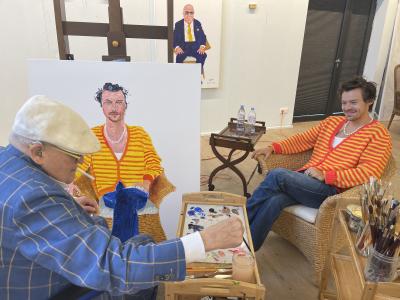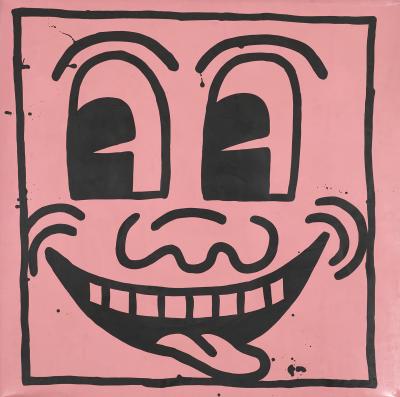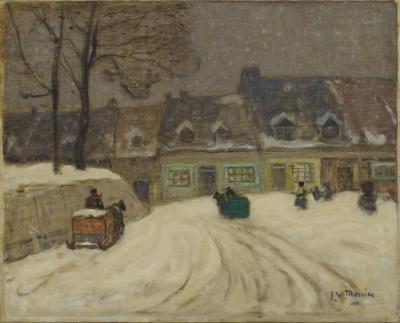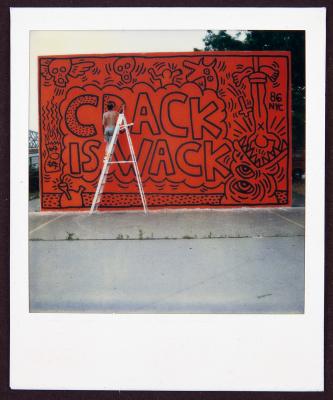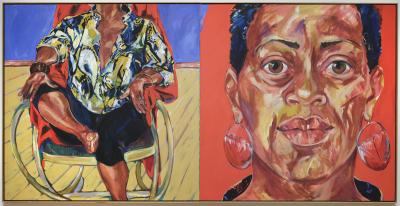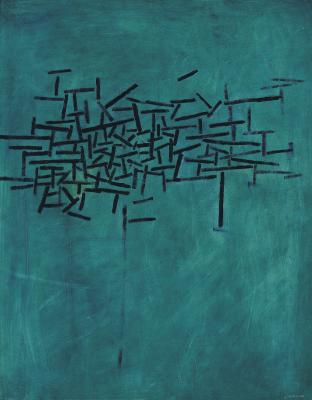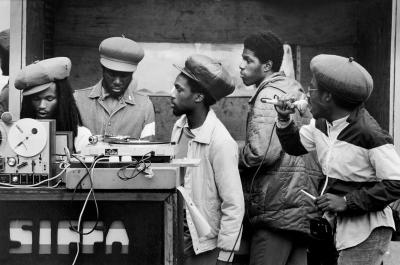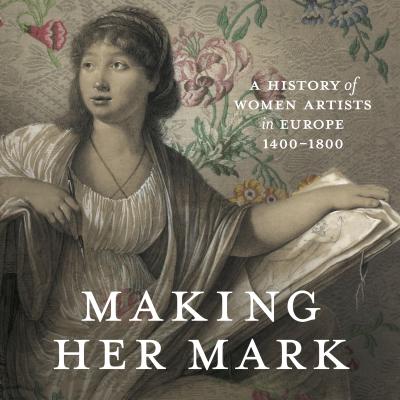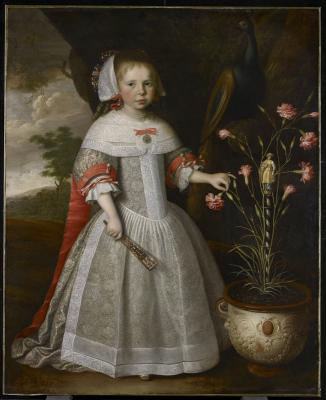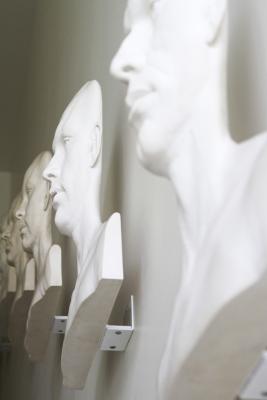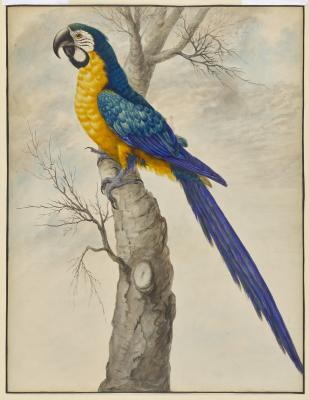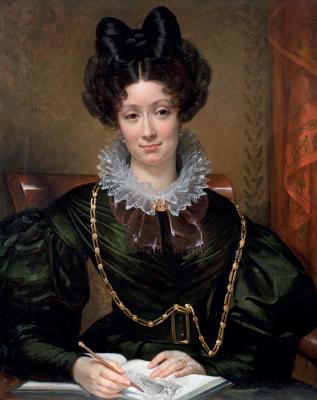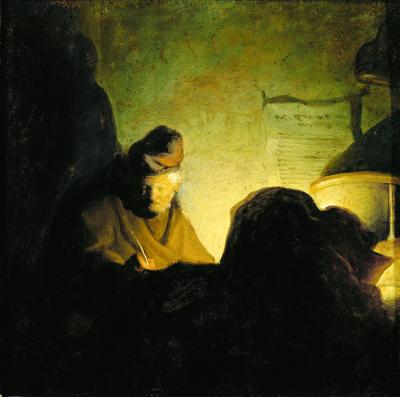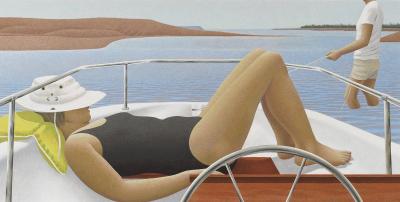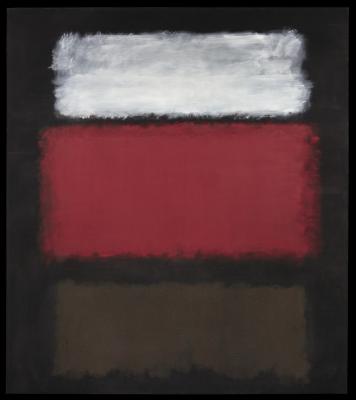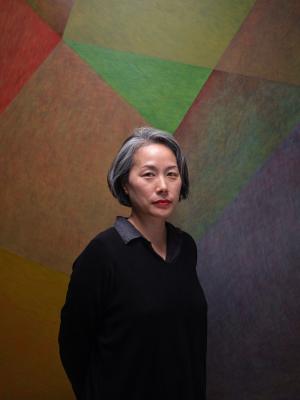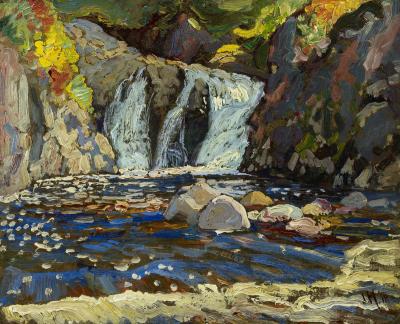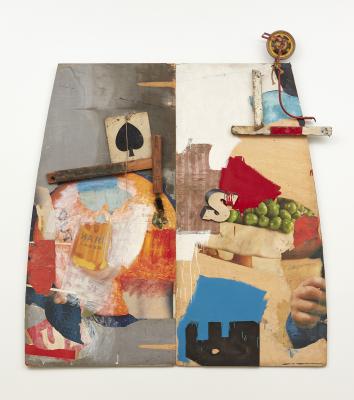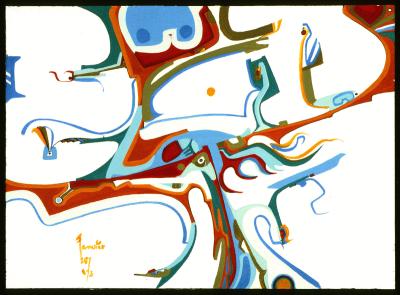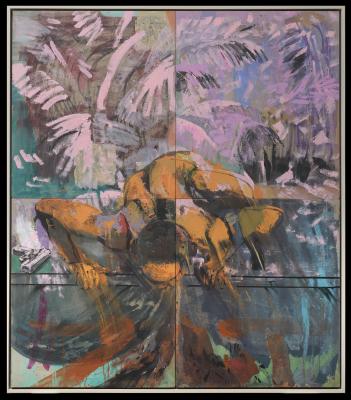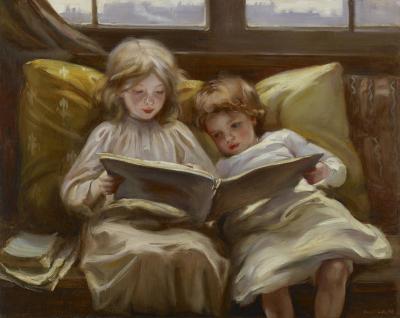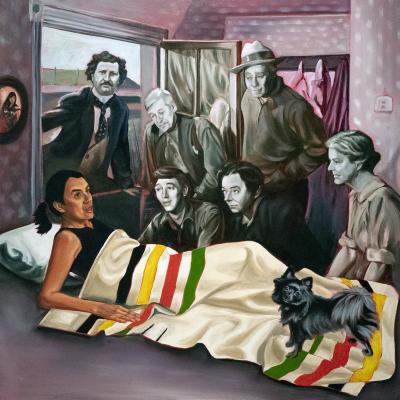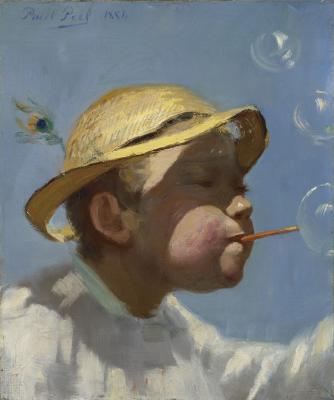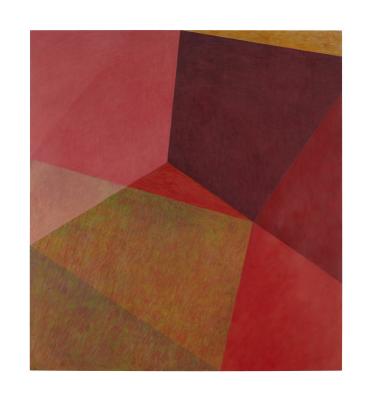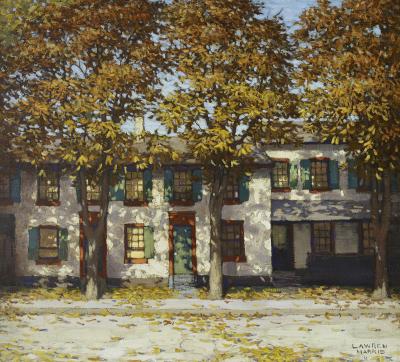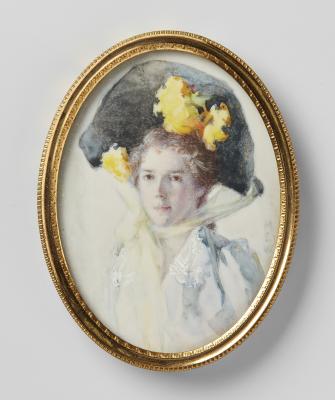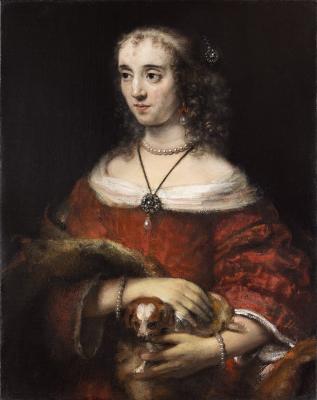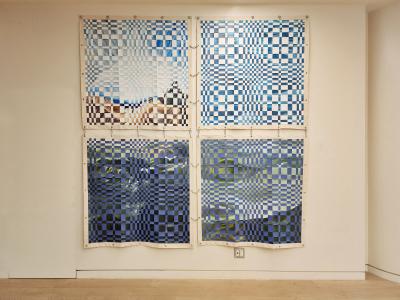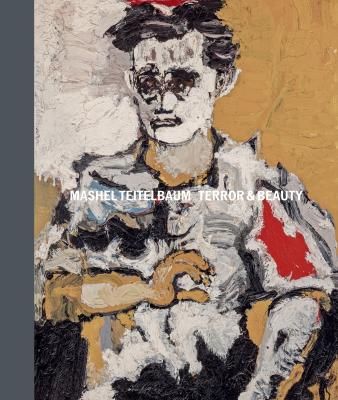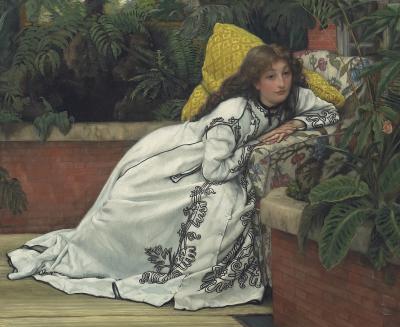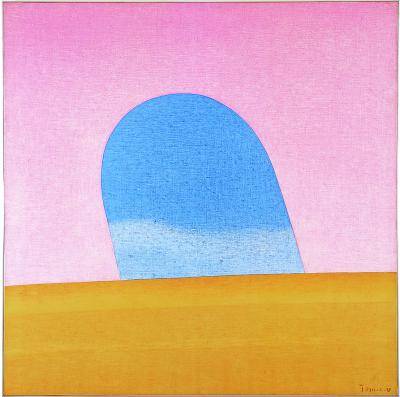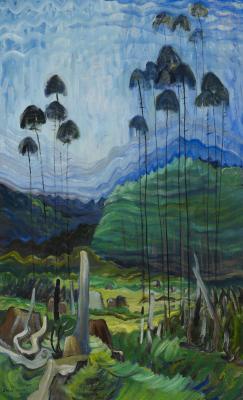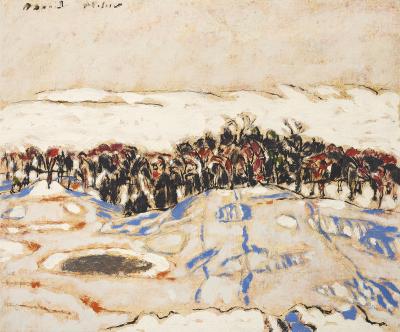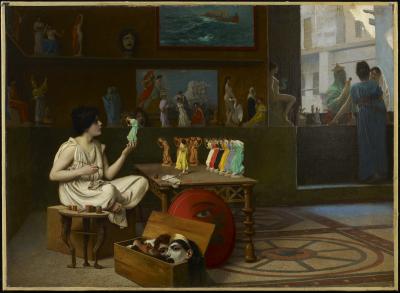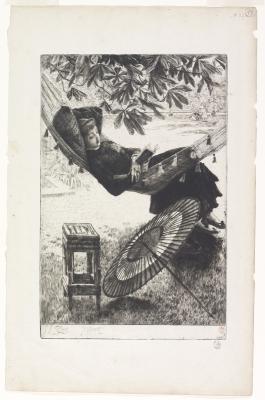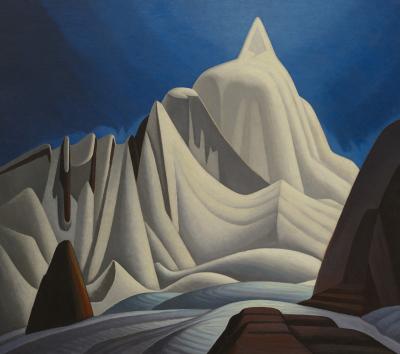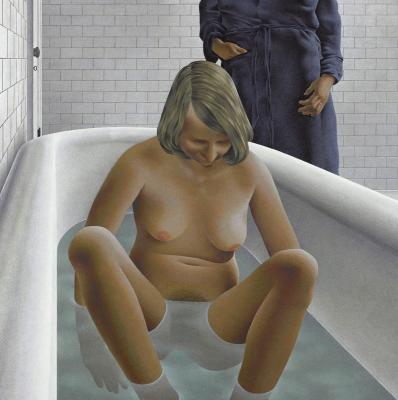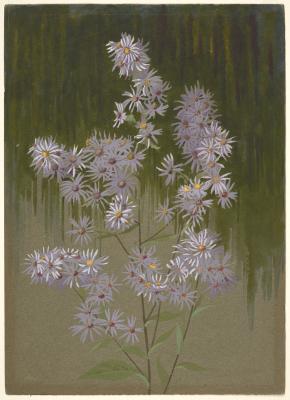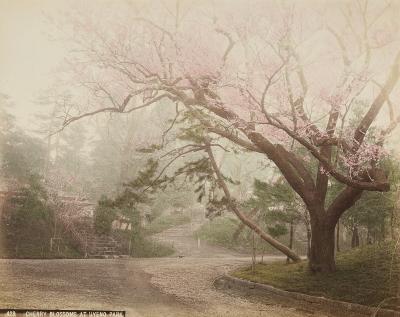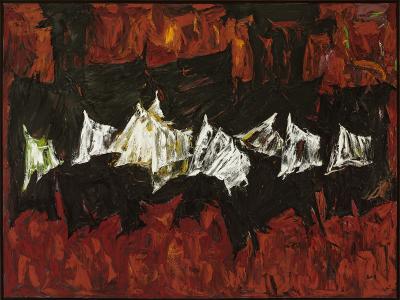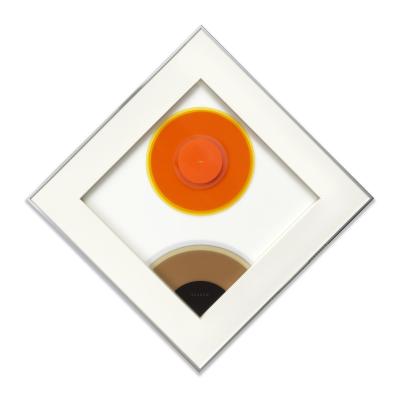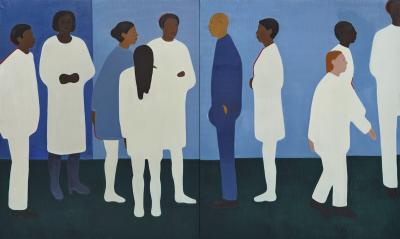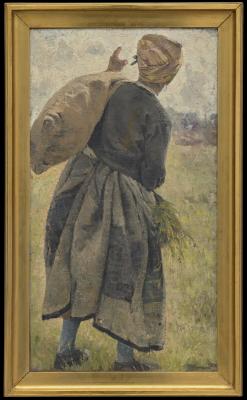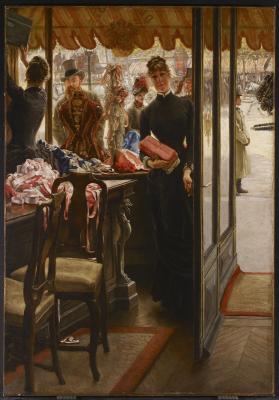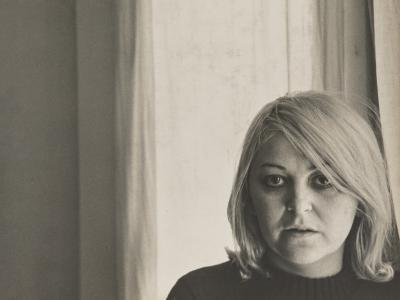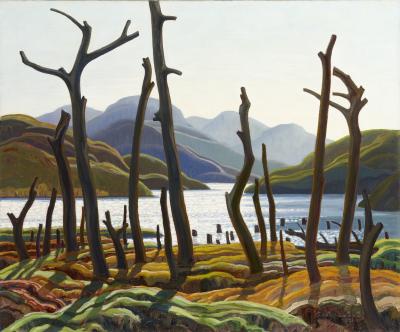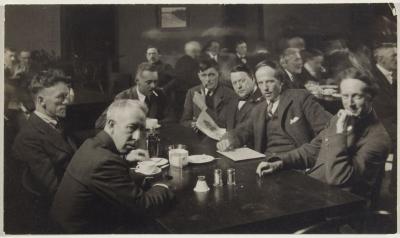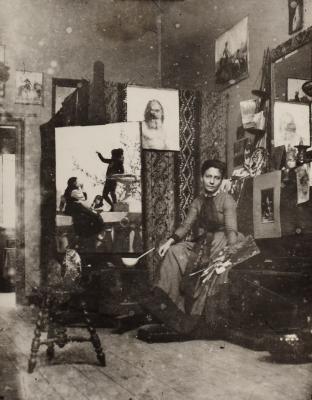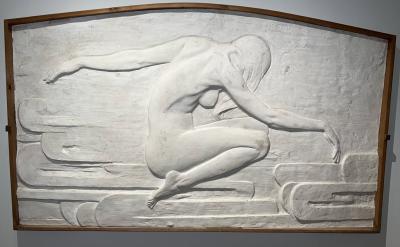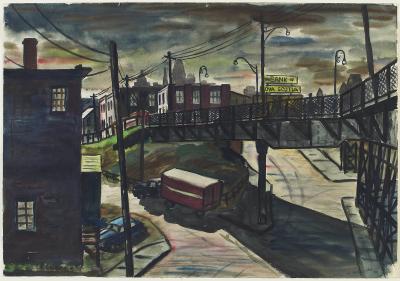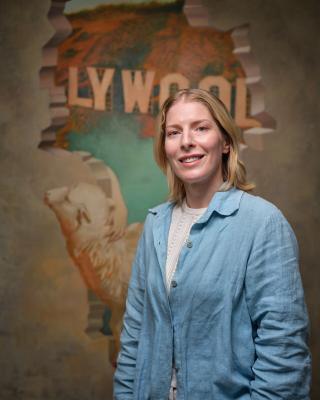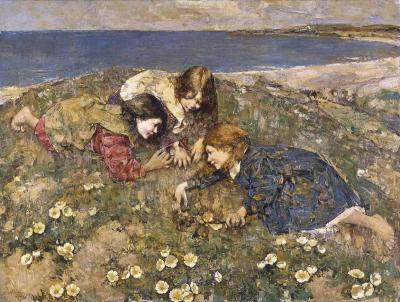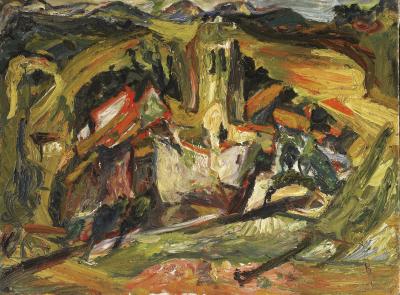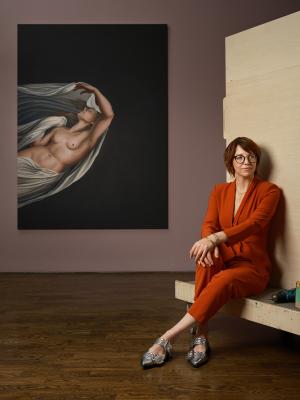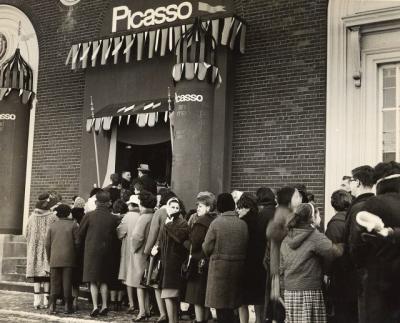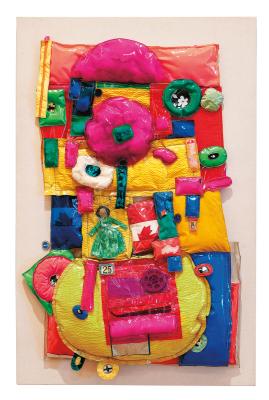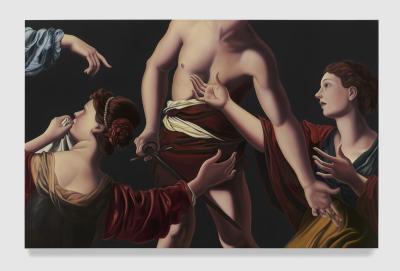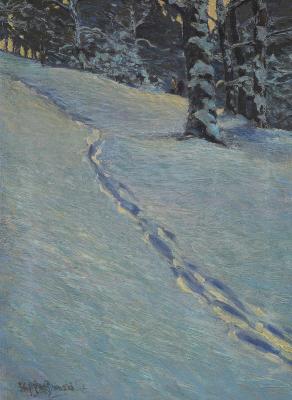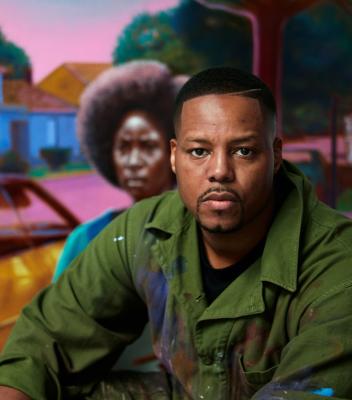Kent Monkman turns a new page
The Cree artist and his co-author, Gisèle Gordon, discuss Miss Chief Eagle Testickle’s next chapter
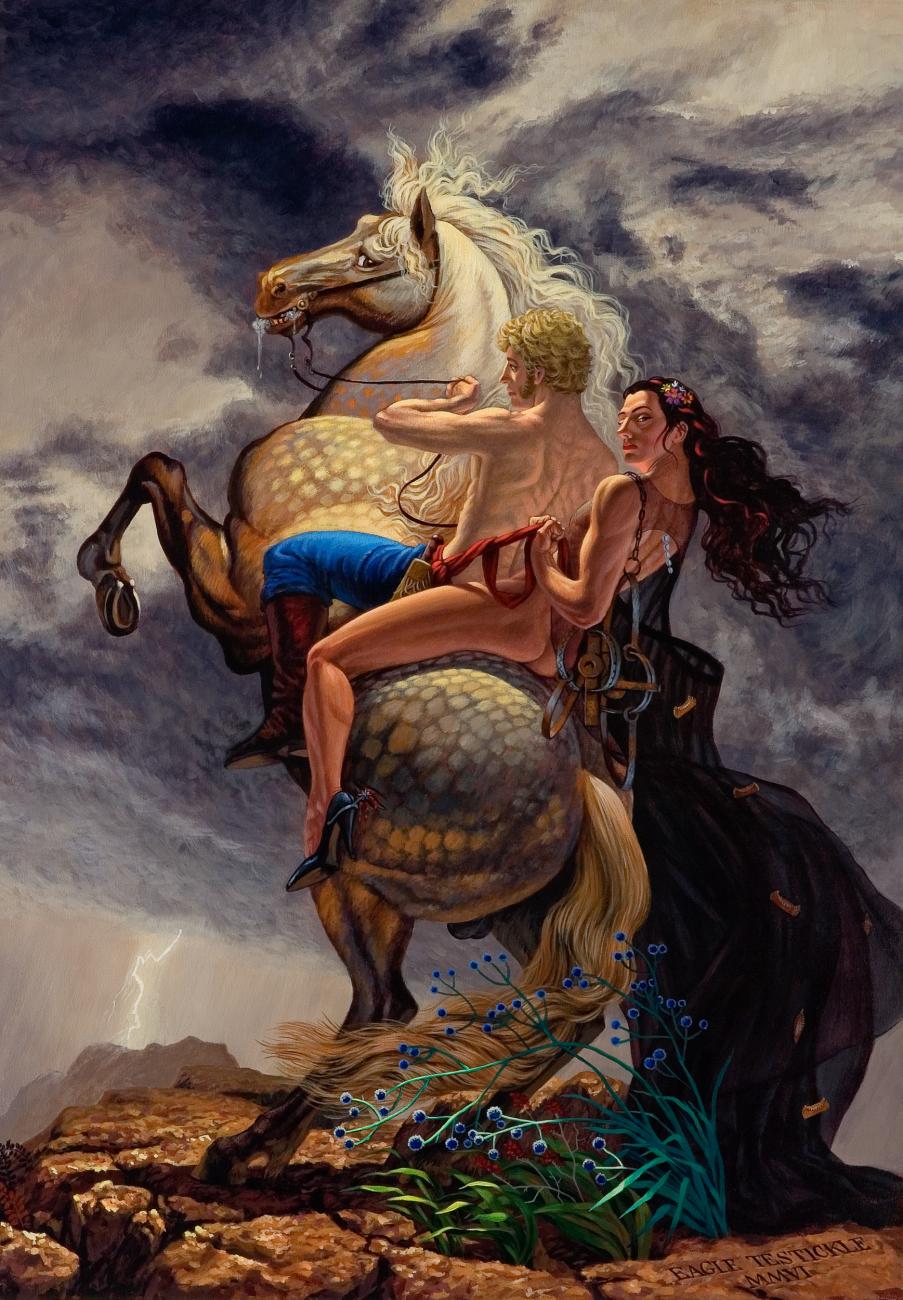
Kent Monkman, The Trappers Bride, 2007. Image courtesy of Penguin Random House.
Over the last two decades, award-winning Cree interdisciplinary artist Kent Monkman’s character Miss Chief Eagle Testickle has become a fixture in the ecosystem of contemporary art. In his work, Monkman casts his gender-fluid, immortal alter ego as a central figure throughout the history of Turtle Island, retelling things from an Indigenous-centered, cosmic perspective. After his major solo exhibitions Shame and Prejudice: A Story of Resilience (UBC Museum of Anthropology, 2020) and Being Legendary (Royal Ontario Museum, 2022), Monkman is ready to share the fulsome backstory of Miss Chief in an expansive new literary offering.
Co-authored by Monkman and his longtime creative partner, media artist and writer Gisèle Gordon, The Memoirs of Miss Chief Eagle Testickle: A True and Exact Accounting of the History of Turtle Island is a two-volume text featuring the character’s epic journey from the ancient cosmos to modern day earth.
The first volume was released on November 7 and follows Miss Chief from the creation of the Universe to the confederation of Canada. The second volume, slated for November 28, chronicles the immortal being’s experiences from confederation to the present day. Both are accented liberally with Monkman’s vibrant and emotive paintings.
Monkman and Gordon spoke to Foyer about their collaborative process, what to expect from Miss Chief’s memoirs, and what the future holds for this time-travelling hero.
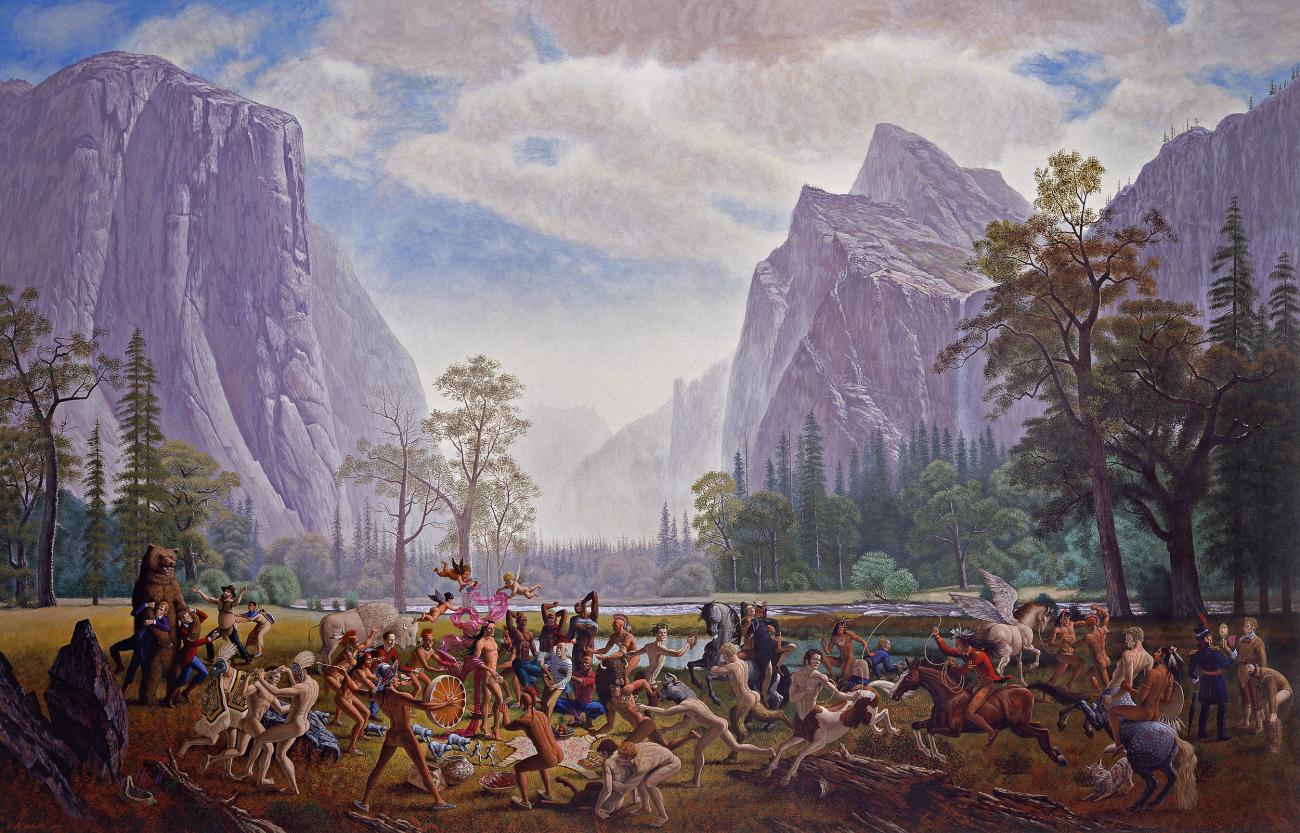
Kent Monkman, The Triumph of Mischief, 2007. Image courtesy of Penguin Random House.
Foyer: Can you talk about your decision to finally give your fans the complete backstory of Miss Chief Eagle Testickle? Why have you chosen this moment and this medium?
Monkman: I created Miss Chief decades ago, and as you know, she’s appeared in hundreds of my paintings. Gisèle and I have also been collaborating on films, performances and installations involving Miss Chief for decades, so without us really thinking about it, her story was evolving over time. With each project, we were both discovering more about who she was. It was with my exhibition Shame and Prejudice: A Story of Resilience that we really found her voice in the way we needed to write this book. I’d asked Gisèle to help me write the didactic labels for Shame and Prejudice in Miss Chief’s voice, and she found a way to talk about the colonial violence in Miss Chief’s voice that really worked to hone the core messages of my paintings. We talked about writing Miss Chief’s memoirs “when we had time,” but didn’t think it would actually happen. Then Scott Sellars of Penguin Random House approached me after having seen the exhibition about doing a biography on me, but that would be so boring! Instead, Gisèle and I pitched him and Jared Bland the idea of Miss Chief’s memoirs, and how they could be a way of countering the propaganda of the colonial history of Turtle Island with Cree perspectives. They both really got the idea of telling history through Miss Chief’s very much more fun--and definitely sexier—version, we are telling the story of these lands that is much truer than what we were all taught in high school.
Foyer: Considering your many works from the past two decades featuring Miss Chief, your 2022 ROM exhibition Being Legendary, and now this two-volume text, can we expect more portrayals of the iconic character in the future, or is your work with Miss Chief complete?
Monkman: Well, she’s an immortal legendary being, so the possibilities are endless! We also had much more research material than we could possibly use, compiled with the help of our research assistant Sadie MacDonald, so I have lots of ideas. More than I have time to execute right now! Drawing on the memoir, the next big project I’m embarking on is the Miss Chief Cycle of large scale paintings based on Rubens’ Marie de’ Medici Cycle at the Louvre.
Foyer: You worked with Cree scholars Dr. Keith Goulet, Floyd Favel, Dr. Belinda Daniels, and Gail Maurice as advisors during the writing of this book. Can you share some of the details of your collaborative process?
Gordon: We are incredibly grateful to them. We could not have written this without their generosity, knowledge, and patience. Dr. Goulet’s deep knowledge of Cree linguistics and the language’s relationship to the land, Floyd Favel’s traditional knowledge as well as his knowledge of the oral history of his territory, Dr. Daniels—our first Cree teacher—was crucial bridge to some of the deeper concepts of Cree worldview that we incorporated with her guidance, and Gail Maurice is also a screenwriter and director so she really helped us with some story editing, like her suggestion of giving Miss Chief a Métis lover who fights alongside Louis Riel as a way to talk about the context behind the resistance of the Northwest resistance of 1885. Gail also reads the audiobook, she’s so good and her voice wraps around your ears—she perfectly captures the warmth, mischievous flirtatiousness, and power of Miss Chief.
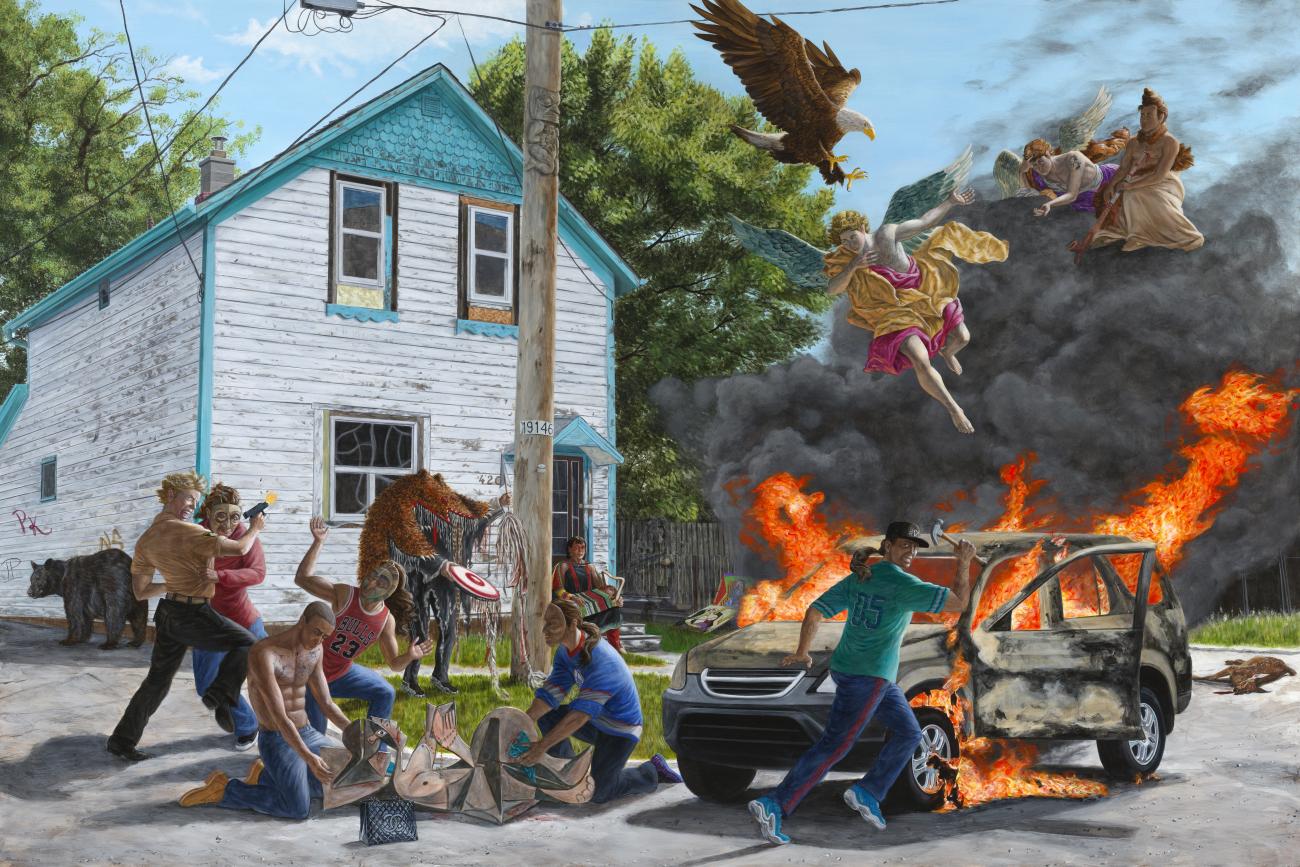
Kent Monkman, Struggle for Balance, 2013. Image courtesy of Penguin Random House.
Foyer: Without risking major spoilers, are there any specific chapters, segments or pieces of information from either or both volumes that you are particularly excited for readers to encounter?
Gordon: The last part of volume two was inspired by Kent’s painting Seeing Red and by the huge momentum of Indigenous resurgence spearheaded by the Idle No More movement. It’s an homage to the four women who founded the movement and all the change that Idle No More inspired that is still going on. There was and still is so much strength in that movement and without saying more about what happens that particular chapter, it’s incredibly uplifting. We need hopeful examples of how we can work together in a good way to create a better future, especially right now, so we tried to write one.
Foyer: Your creative partnership together spans over 30 years. In your opinion, why has it been so fruitful and enduring?
Monkman & Gordon: We have been collaborating for so long that we can almost think with other’s brains at this point. We don’t always agree because we’re bringing different life experiences and perspectives to each project, but we have a lot of respect for one another’s artistic strengths and will keep talking ideas through until we find the core of the concept, the place where things resonate at the core. We both feel very lucky to have one another to bounce ideas off—even if we’re working on our solo works, we’ll call the other to test ideas out on each other, always trusting the other to make them stronger.
The Memoirs of Miss Chief Eagle Testickle: A True and Exact Accounting of the History of Turtle Island Volume One is available now, and Volume Two is available November 28. Catch Monkman and Gordon’s conversation about the book on November 14, live at the Elgin and Winter Garden Theatre in Toronto. Get your tickets at the Now Playing Toronto website.
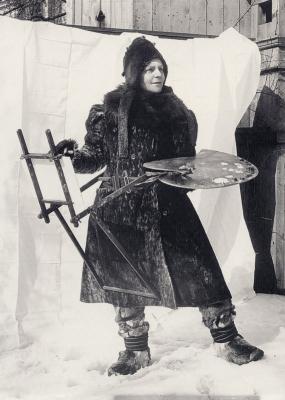
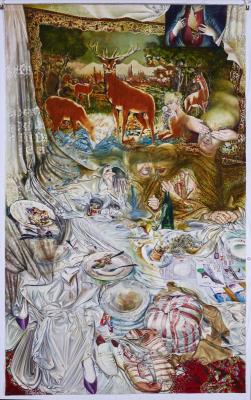

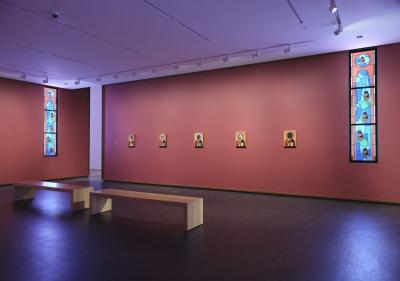
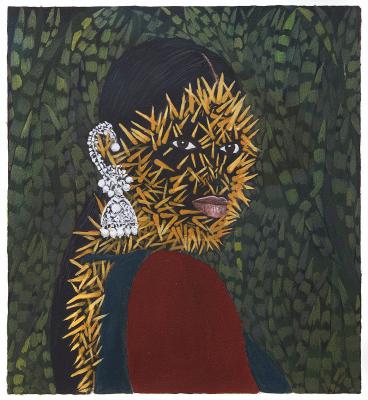
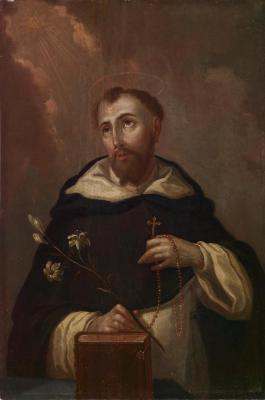
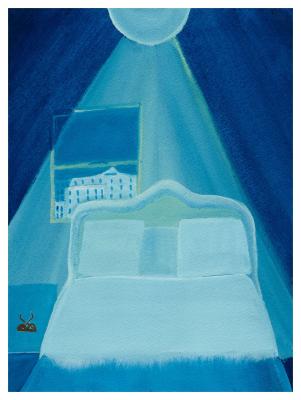
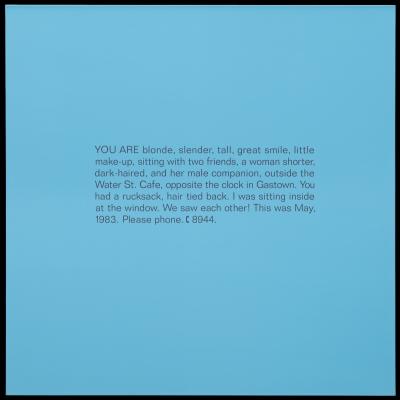
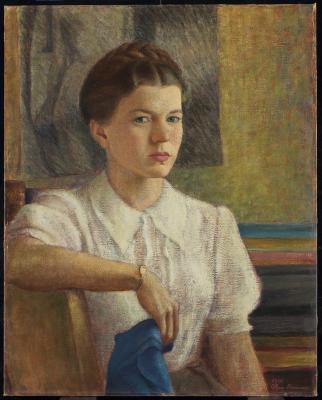
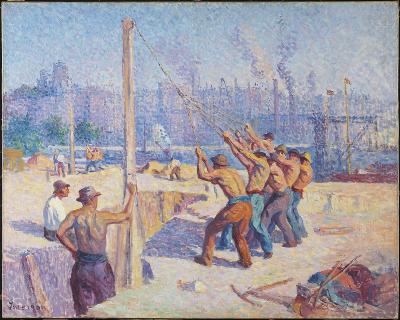
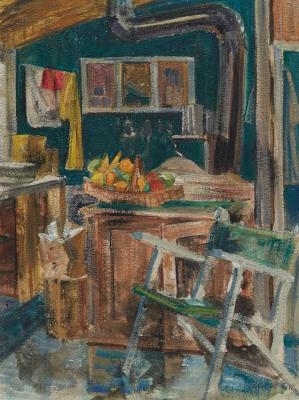
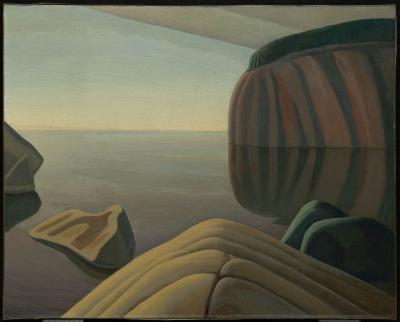
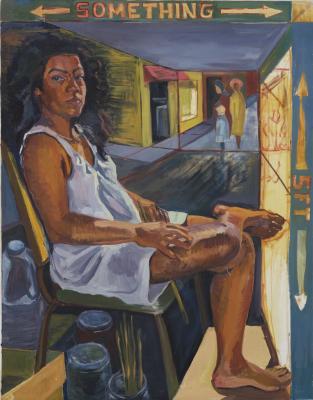
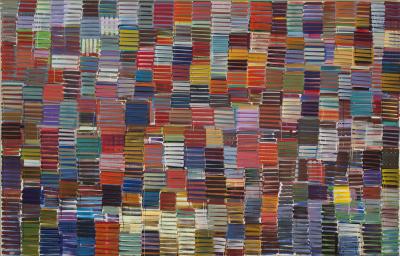

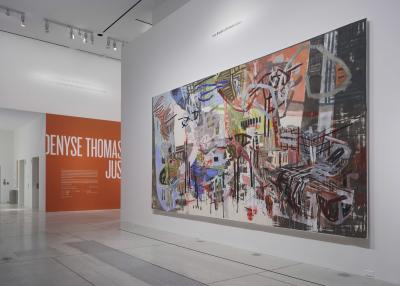
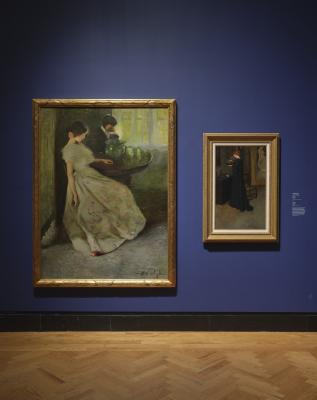
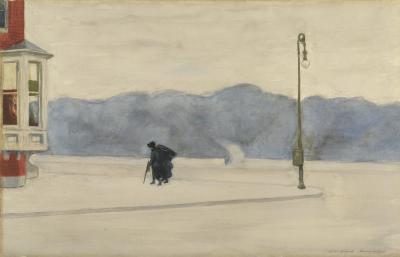
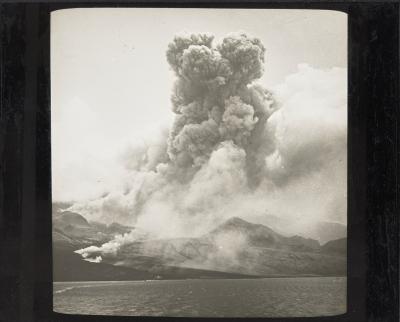
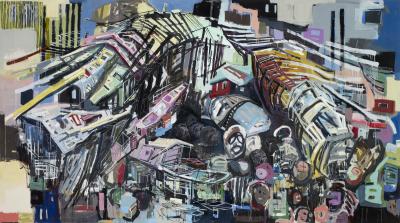
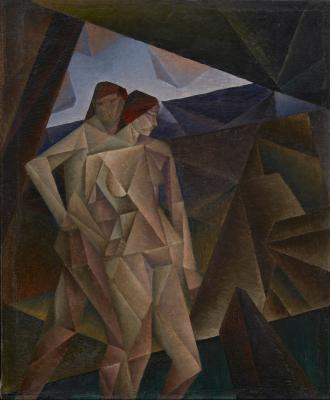
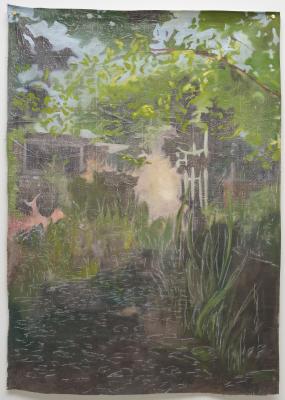
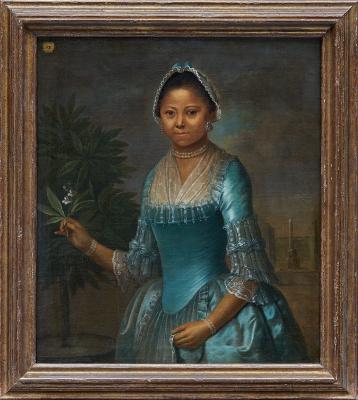
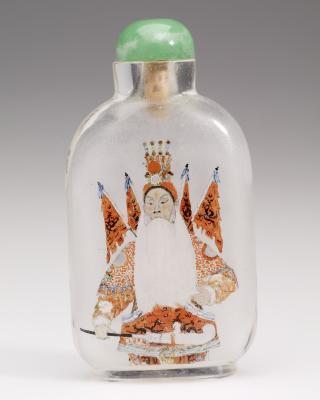
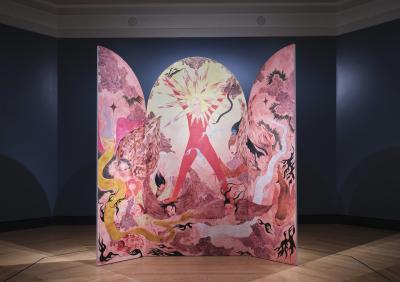
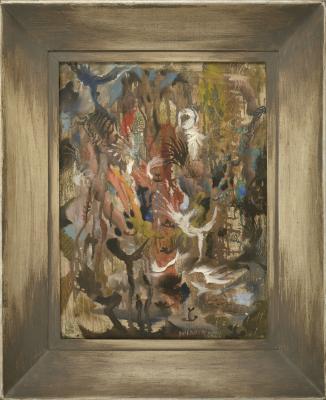
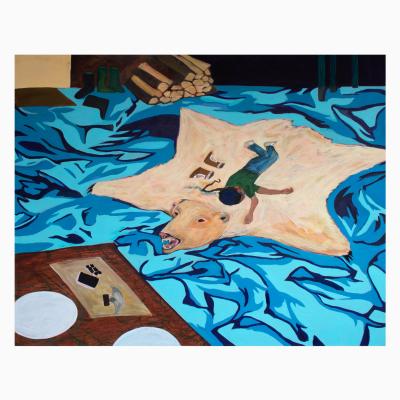
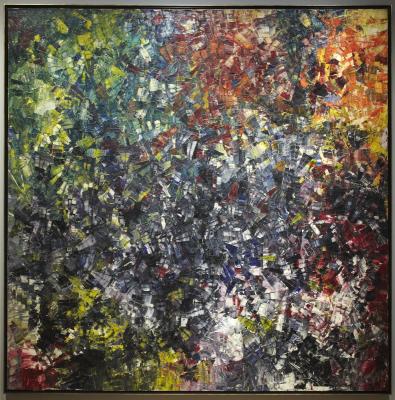
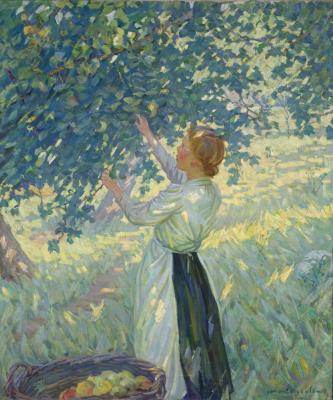
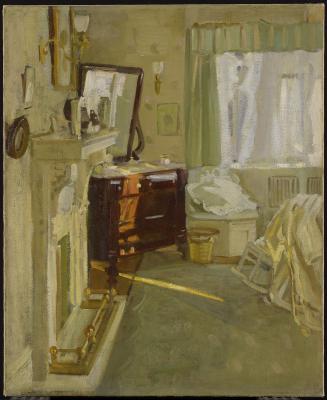
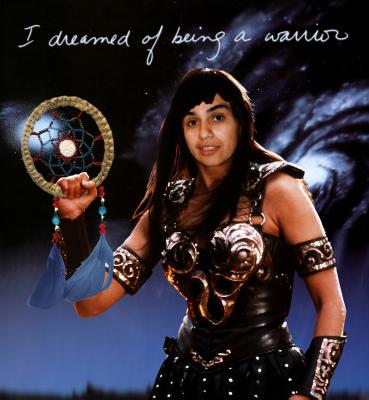
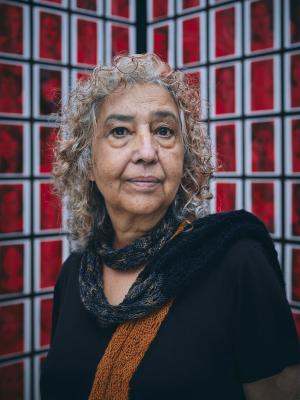
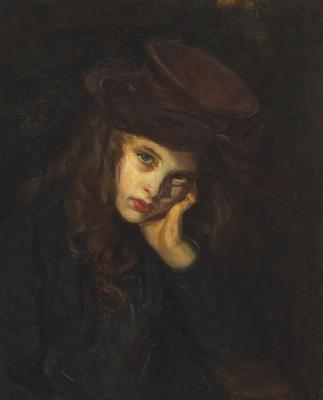
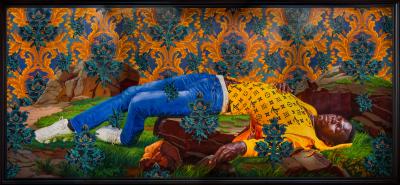
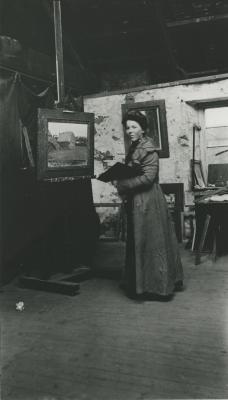
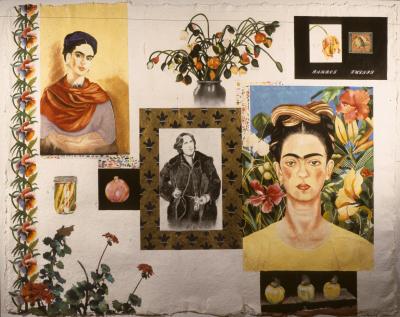
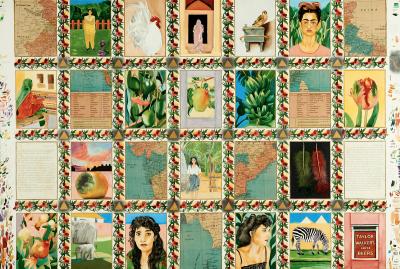
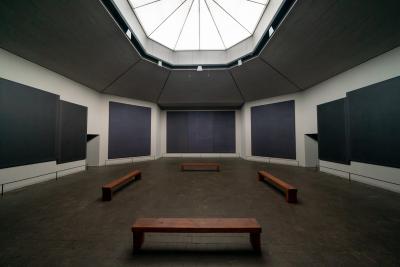
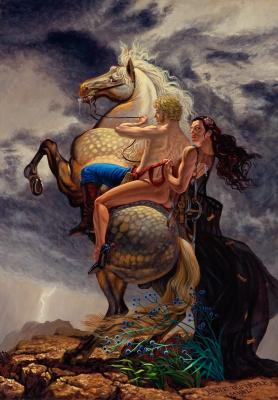
![Keith Haring in a Top Hat [Self-Portrait], (1989)](/sites/default/files/styles/image_small/public/2023-11/KHA-1626_representation_19435_original-Web%20and%20Standard%20PowerPoint.jpg?itok=MJgd2FZP)
